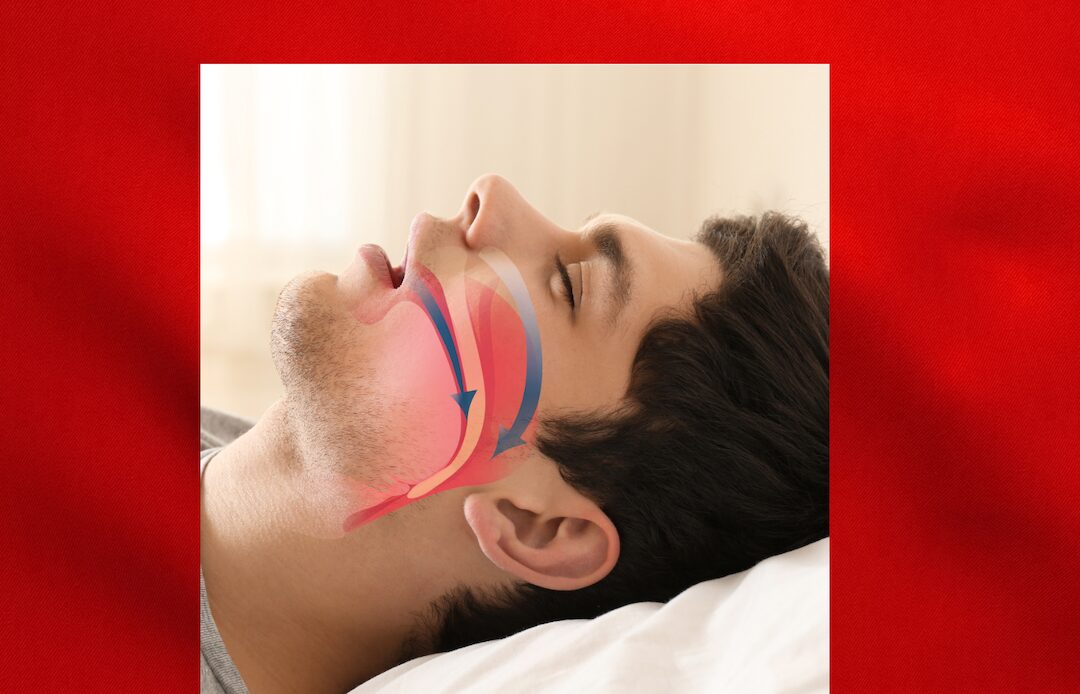
A good night’s sleep is crucial for overall health and well-being, and disruptions in sleep patterns can have far-reaching consequences. Sleep-disordered breathing (SDB) is a common issue that can affect people of all ages, leading to various health complications if left untreated. To address this concern, healthcare professionals and researchers have developed effective screening tools, such as the Functional Airway Evaluation (FAIRE) by fairest.org. We will explore the importance of functional airway evaluation, discuss the red flags for sleep-disordered breathing, and delve into how we leverage the FAIRE screening tool to identify help our patients.
Understanding Sleep-Disordered Breathing
Sleep-disordered breathing encompasses a range of conditions that affect the normal flow of air during sleep. This can manifest as snoring, pauses in breathing (apneas), or shallow breathing. Common sleep disorders associated with SDB include obstructive sleep apnea (OSA), central sleep apnea (CSA), hypopnea, and upper airway resistance syndrome. SDB can result in fragmented sleep, leading to daytime fatigue, cognitive impairment, and increased risks of cardiovascular diseases and other health issues.The Role of Functional Airway Evaluation (FAIRE)
FAIRE, developed by fairest.org, is a comprehensive screening tool designed to assess the functional aspects of the airway. It incorporates red flags that serve as indicators for sleep-disordered breathing issues. The tool considers various factors, including facial and dental morphology, tongue posture, and oral habits, to provide a holistic view of the patient’s airway health.
Red Flags for Sleep-Disordered Breathing
The red flags identified by FAIRE help healthcare professionals recognize potential issues related to sleep-disordered breathing. Some of the key red flags include:
- Mouth Breathing Chronic mouth breathing may suggest nasal airway obstruction or other underlying issues that can contribute to sleep disturbances.
- High Palatal Vault A high arched palate can impact tongue posture and compromise the airway, increasing the risk of SDB.
- Tongue Tie (Ankyloglossia) Limited tongue mobility due to a tongue tie can affect proper tongue posture during sleep, potentially contributing to breathing difficulties.
- Narrow Maxilla A narrow upper jaw can result in crowding of the teeth and contribute to airway restriction.
- Malocclusion Poor dental alignment or malocclusion can impact the airway and increase the risk of SDB
How We Utilize FAIRE
Healthcare providers, including dentists, orthodontists, and sleep medicine specialists, use FAIRE as a valuable tool in their practice. The screening process involves a thorough examination of the patient’s facial and oral structures, focusing on the identified red flags. Based on the assessment, we can make informed recommendations for further evaluation and treatment.
FAIRE enables a multidisciplinary approach to addressing sleep-disordered breathing, involving collaboration between dental and medical professionals. Depending on the severity of the identified issues, interventions may include orthodontic treatments, myofunctional therapy, frenuloplasty, or usually a combination of treatments designed just for your case.
Functional Airway Evaluation, as exemplified by the fairest.org screening tool, plays a pivotal role in identifying red flags for sleep-disordered breathing. By considering a range of factors related to facial and oral health, we can initiate timely interventions to improve airway function and promote better sleep quality and overall health. As awareness grows and interdisciplinary collaboration becomes more prevalent, the use of screening tools like FAIRE will continue to enhance the functional approach to managing sleep-disordered breathing and its associated health implications.
CONTACT US